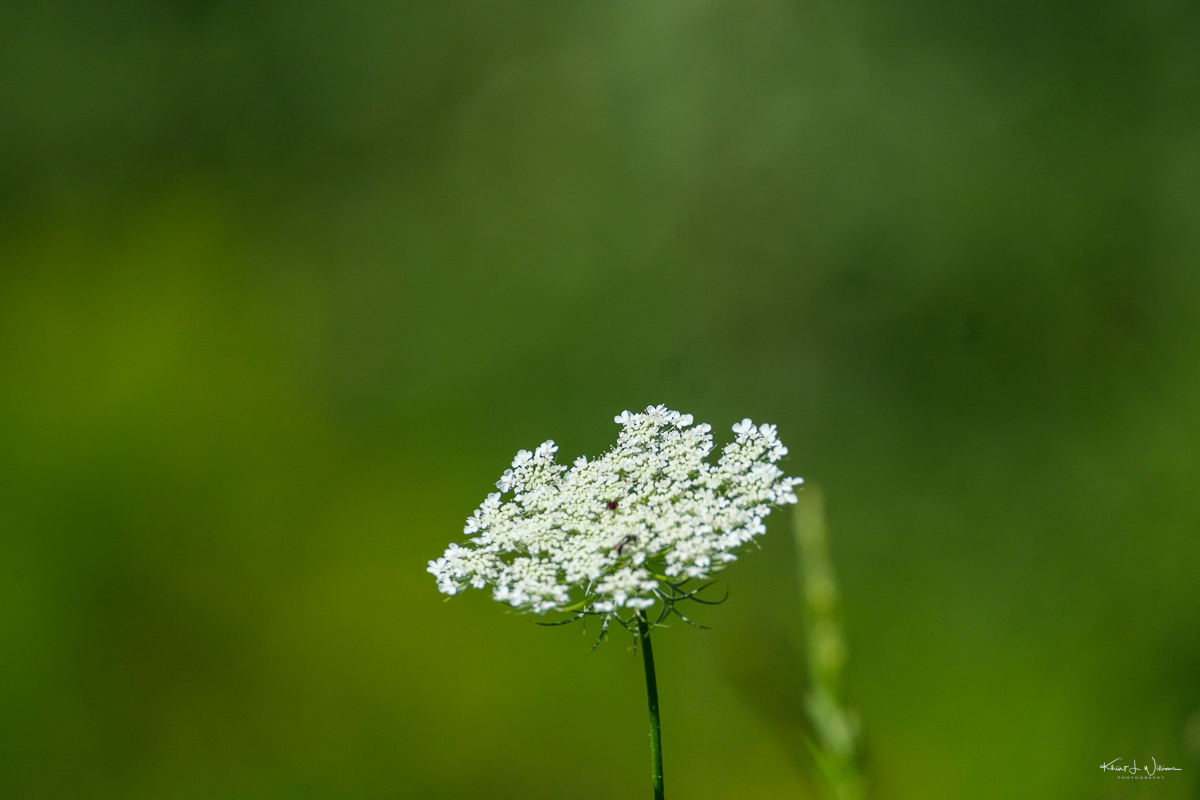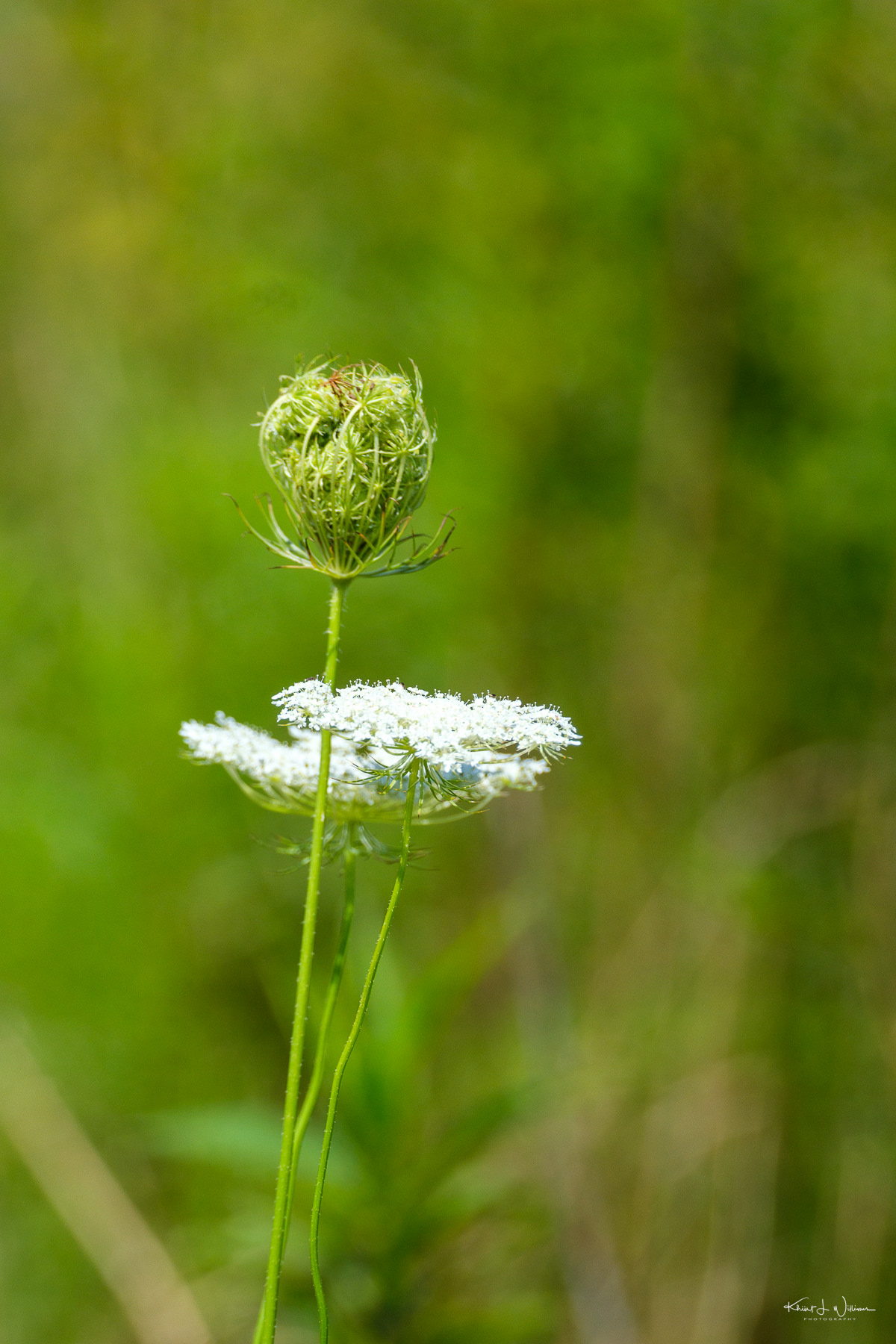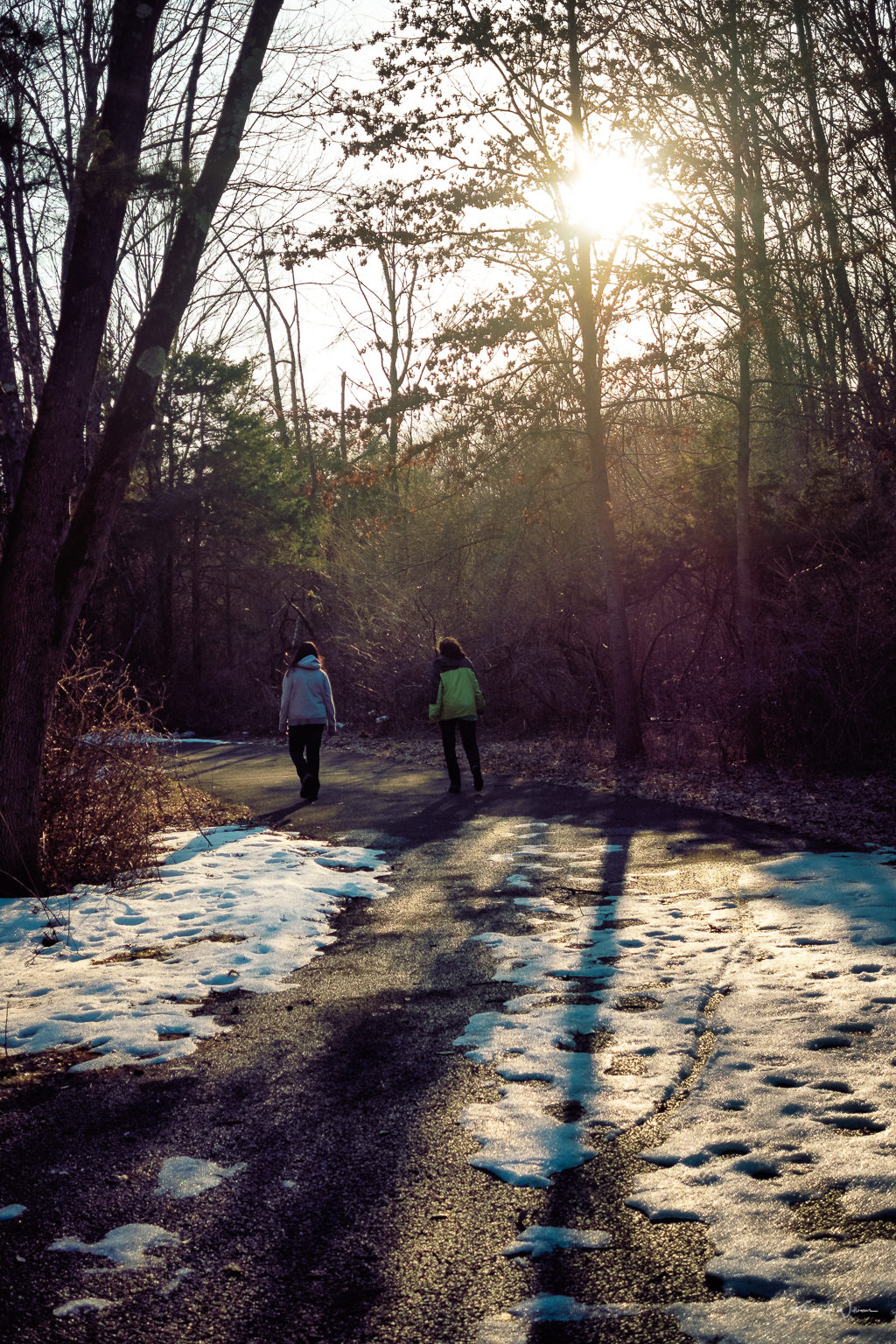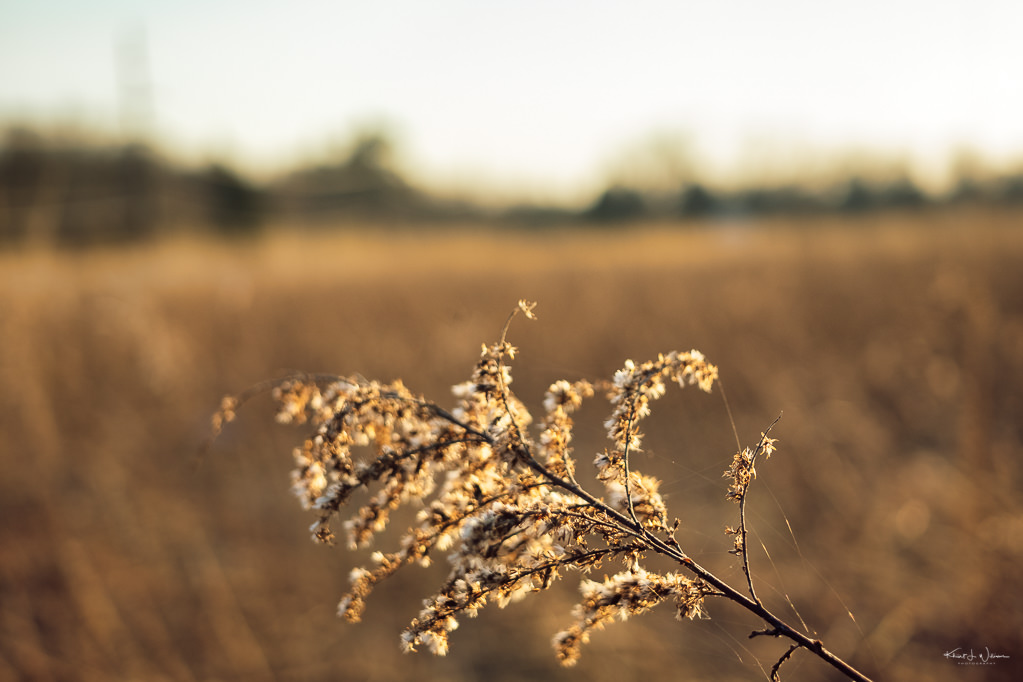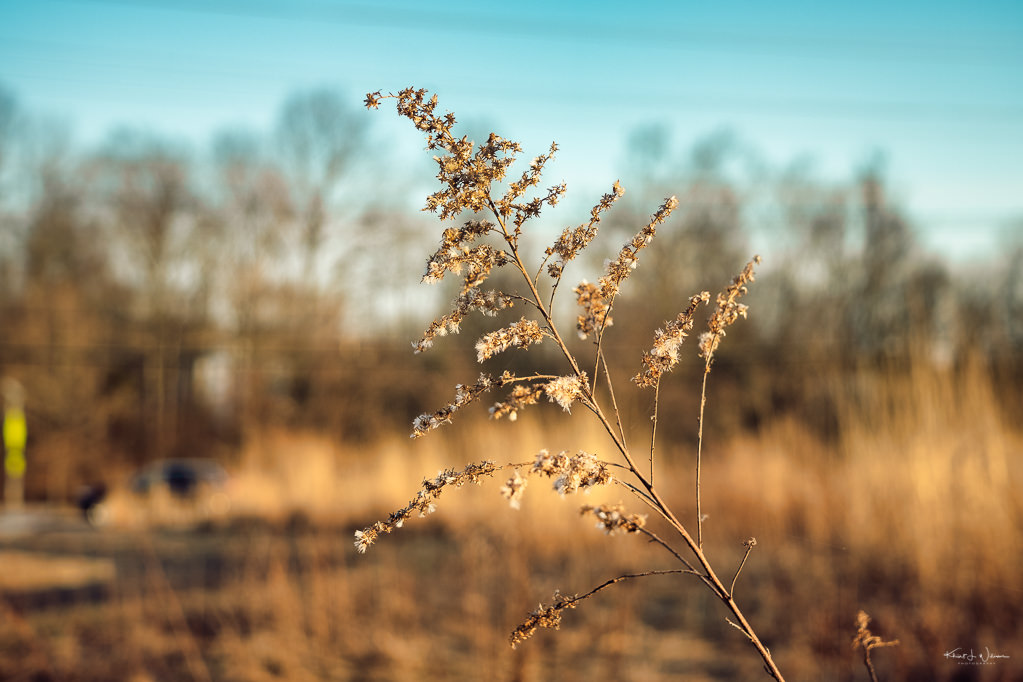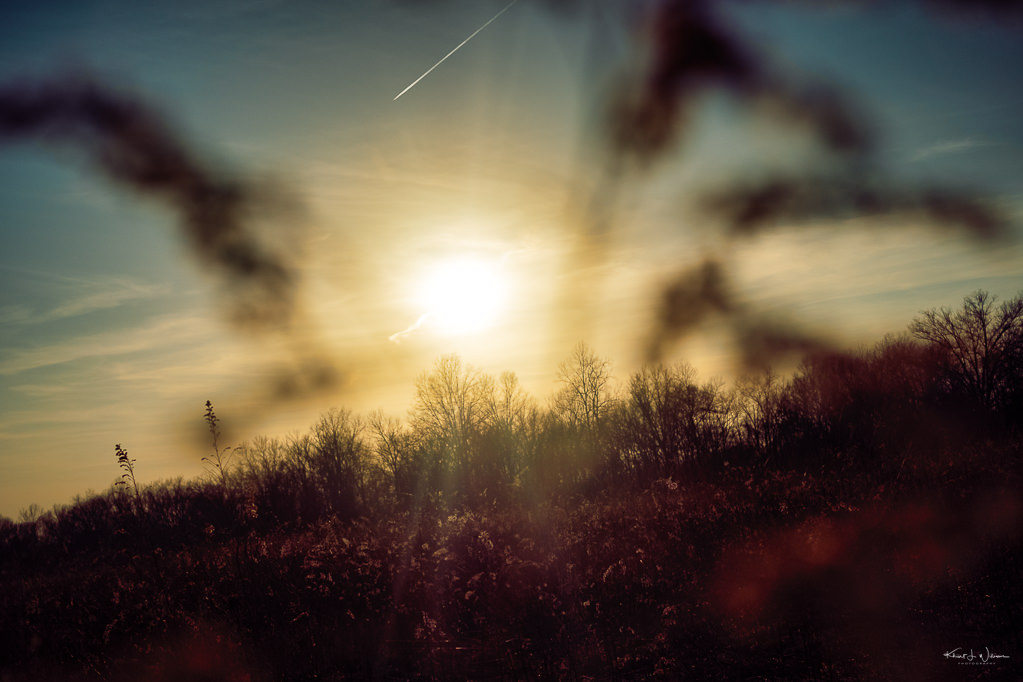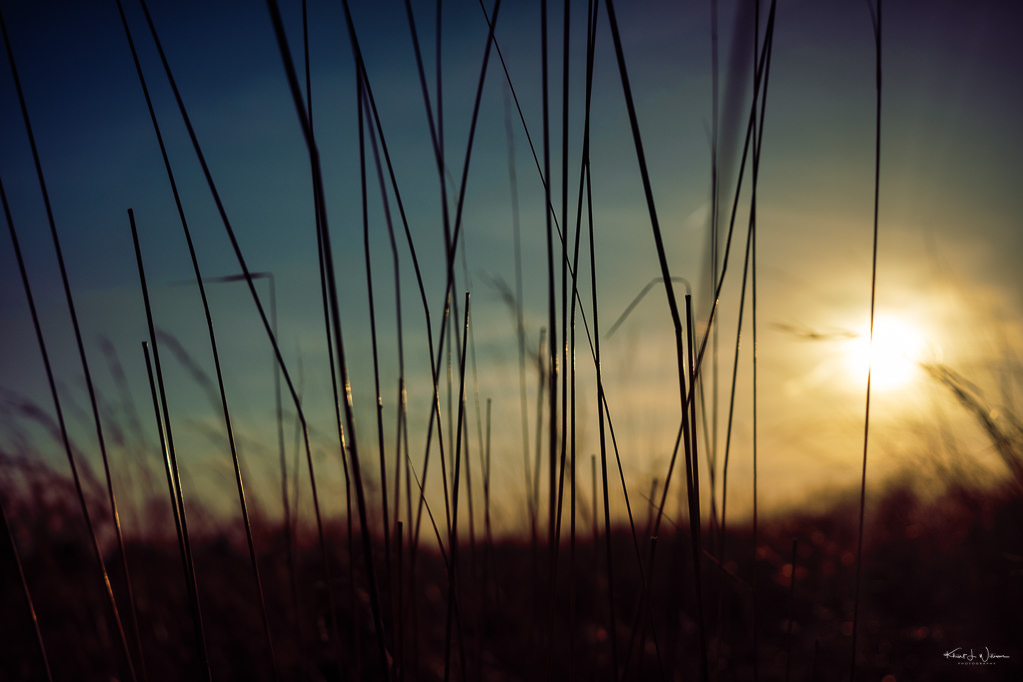On a balmy mid-August day, I hiked with Bhavna in the Mount Rose Preserve. We've enjoyed walking the preserve trail many times, but not today. It was clear that the trail had yet to be maintained. The trail was overgrown, and bushwhacking our way in the heat and humidity was exhausting. I had my XF150-600mmF5.6-8 R LM OIS WR lens with me, and carrying it through the dense vegetation was a chore.
Bhavna was not enjoying the hike this time and wanted to turn back. But then I reminded her that large trees cover the second half of the loop trail and the understory is sparse. We agreed it would be less effort to complete that end of the loop.
While completing this second half of the loop trail, I heard the very energetic chee-dit calls I have learned to associate with the Ruby-throated Hummingbird. I asked Bhavna to stop while I looked around. Once we stopped walking, I could hear the quiet humming sound somewhere between the branches of a fallen tree.
I pulled the viewfinder to my eye and panned the XF150-600mmF5.6-8 R LM OIS WR slowly around. Then I saw it. The delicate mosaic of muted hues of a female Ruby-throated Hummingbird perched on a slender dead branch of a fallen tree. The labyrinth of branches criss-crossing behind her made composition challenging. These branches, stripped of their leaves, outline a web of lines.
The female Ruby-throated Hummingbird feathers, though not as flamboyantly vivid as her male counterparts, shimmered under the August sunlight. Her watchful eyes, sharp and alert, seemed to scan the surroundings in the vigilance demanded by the wild.

